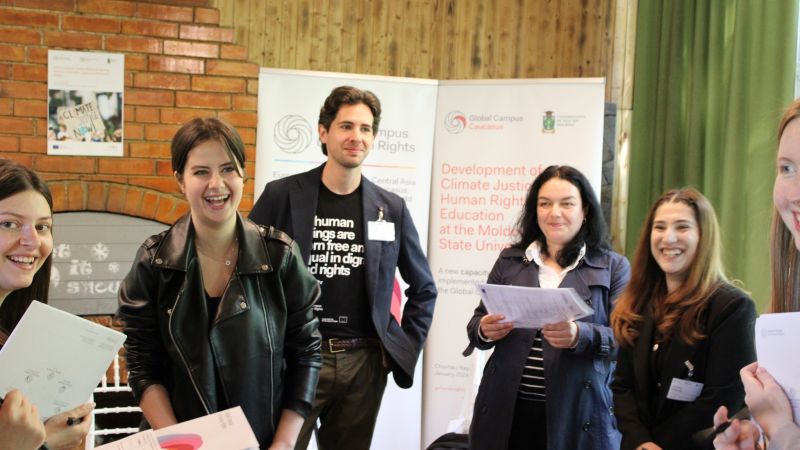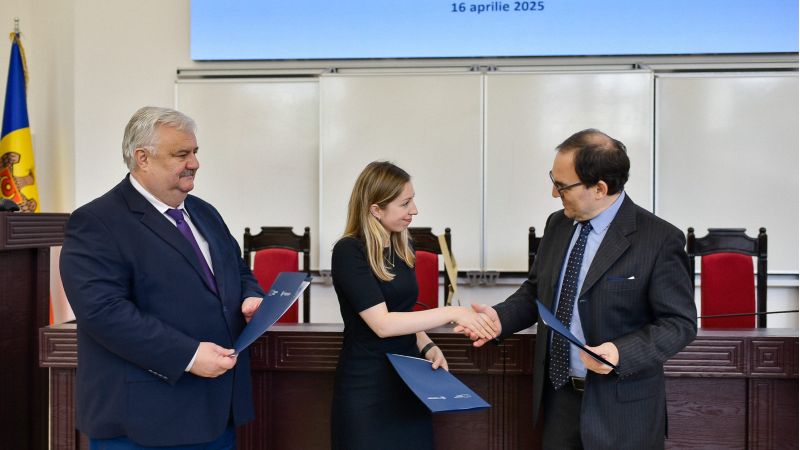
UEpentruClimă: Moldova generează printre cele mai multe emisii de gaze cu efect de seră din Europa, raportate la PIB
Emisiile de gaze cu efect de seră (GES) în sectorul energetic din Moldova au crescut cu 53% până la 10 milioane tone CO2-eq pe an între anii 2000 și 2020, dar sunt încă mai mici decât în anul de referință 1990, când s-au prăbușit din cauza crizei economice provocate de destrămarea Uniunii Sovietice.
În același timp, intensitatea energetică a țării a scăzut în 20 de ani cu 40,6% până la 18,32 GJ/1000$ la paritatea din 2015, iar intensitatea emisiilor de GES – cu 29,3%, până la 1180 kg CO2/2015 USD. Cu toate acestea, intensitatea emisiilor de gaze cu efect de seră rămâne în Moldova una dintre cele mai înalte din țările Europei Centrale și de Est. Acestea sunt câteva dintre concluziile studiului privind integrarea aspectelor de schimbare a climei în politicile de energie, elaborat de proiectul EU4Climate, finanțat de Uniunea Europeană și implementat de PNUD.
Experții EU4Climate au formulat recomandări care vizează îmbunătățirea legislației, integrarea indicatorilor de climă în cadrul de planificare strategică a sectorului energetic, fortificarea capacităților instituționale, de planificare a politicilor în rândul autorităților publice locale și a rolului organizațiilor internaționale și instituțiilor financiare de integrare a schimbărilor climatice în politicile energetice, transferul de tehnologii și dezvoltarea pieței verzi.
De asemenea, experții contractați de EU4Climate au elaborat și un Ghid privind consolidarea proceselor de planificare în domeniile climei și energiei. Acesta propune, printre altele, definirea, implementarea și comunicarea unei viziuni strategice pe termen lung care să sprijine coerența politicilor în domeniile climă și energie și să supraviețuiască ciclurilor de planificare, asigurarea coordonării la nivel de politici și a sprijinului pentru prioritățile de schimbare a climei.
Cu un buget total de 8,8 milioane euro, proiectul EU4Climate se desfășoară în perioada 2019-2022 și are următoarele componente: actualizarea Contribuțiilor Naționale Determinate la Acordul de la Paris; elaborarea strategiilor naționale de dezvoltare cu emisii reduse către anul 2050; introducerea și consolidarea cadrului de monitorizare, raportare și verificare a emisiilor de gaze cu efect de seră; alinierea la acquis-ul comunitar în domeniul climei; integrarea dimensiunii de climă în documentele de politici sectoriale, creșterea gradului de conștientizare și elaborarea ghidurilor sectoriale pentru implementarea Acordului de la Paris; atragerea de investiții în domeniul schimbărilor climatice; o mai bună planificare a adaptării la schimbările climatice.








